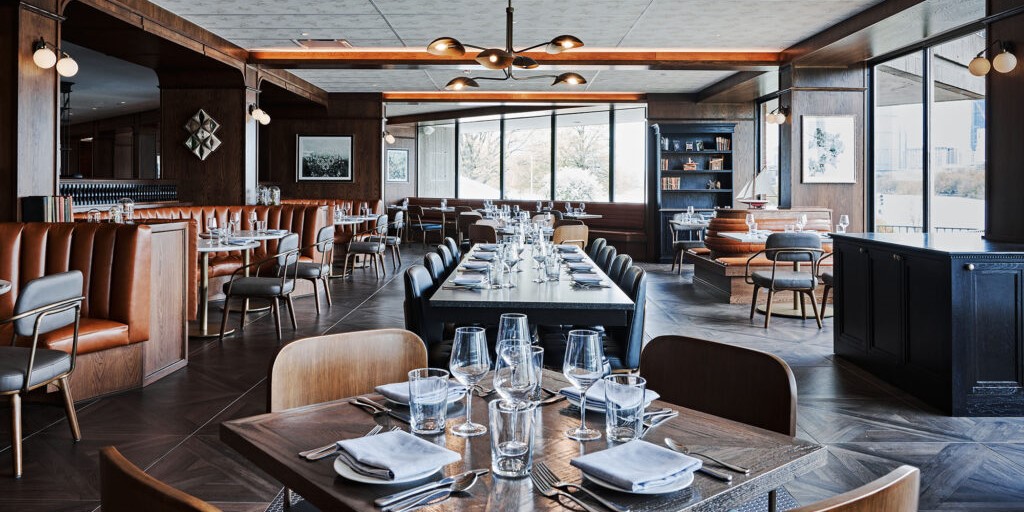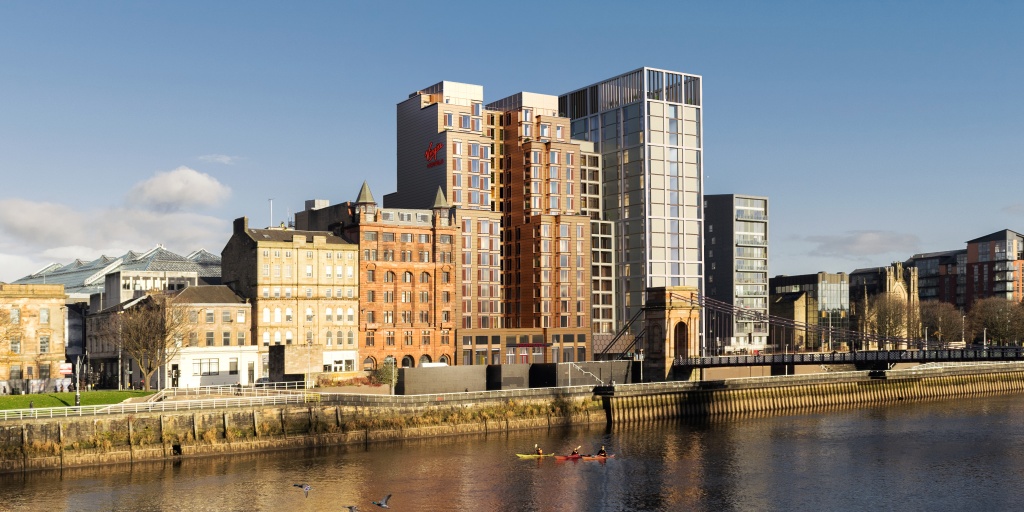The Amankila – Luxury Resort in Bali.
Renowned hotel group Aman’s attention to detail in design puts it leaps and bounds ahead of its competitors.
By entrusting architects with their vision for the design of their upscale resorts, Aman has set themselves apart. Since their inception in 1988, the group has been targeting discerning travelers, who have responded with a resounding “YES!” to Aman’s unique interpretation of luxury. We take a look at how Aman rose to the top of their field.
A cut above the rest
Aman has always been different. From their choice of destinations to the quality of their offering, they have always strived for more. When the rich and famous were spending most of their time in glitzy destinations such as the Bahamas and St. Tropez, Aman’s founder Adrian Zecha decided to take a punt on Phuket, a Thai island that was still relatively unknown at the time, before The Beach catapulted Thailand to stardom. Needless to say, Amanpuri was a roaring success, owing in large part to the opulent interiors crafted by architect Ed Tuttle, which were executed in teak and laden with silk and bespoke furnishings. This decadent internal environment was echoed in the common areas, where guests were greeted by an immense and captivating pool in the granite entrance courtyard, giving visitors a taste of things to come.
The appeal of the exotic
Amanpuri was ground zero for the new luxury, which was born out of a desire to explore places far and beyond the norm in a way that still felt exclusive and decadent. Amanpuri was the first of 32 Aman resorts, and laid the foundations of their ethos: Top tier service in a serene and beautifully designed paradise resort. Aman’s partnership with architect Tuttle has become the blueprint for many other companies wanting to create unique hospitality offerings that defy the traditional norms and really give guests something to write home about. The idea of the private, pavilion-style villa is now seen across idyllic resorts worldwide, but the genesis of this can be seen in Aman’s early resorts. These resorts were also where hospitality design began to tap into vernacular architecture, so that it blended in with the surroundings and gave guests a taste of local style and culture that has fed into the current demand for experiential holidays.
Minimalism in design
One of the biggest ways that Aman’s approach to hotel and resorts has influenced design is in the hierarchical order of spaces. Tuttle was instrumental in moving away from the traditional architectural organisation of guest rooms and suites, where each area would have been arranged in a hierarchy, towards a more open spatial strategy which put the bedroom on par with the bathroom in terms of importance. The size of both zones would have been the same, making as much of a fuss out of the wet area as the dry, which then in turn allowed the guest to take advantage of the natural climate and surroundings in a way that has not been forgotten since. Aman’s hospitality design has elevated the brand, and sectoral design as a whole, along the way.

Aman opens doors to discovery, pursuing the limits of cultural enlightenment and pioneering experiences in locations both remote and urban.






